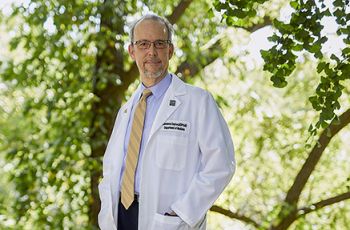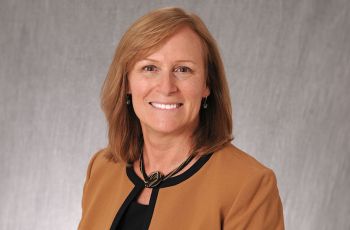CHICAGO - More formal study is needed of rescue efforts by international response teams after earthquakes in order to improve search and recovery efforts, according to a report published online by Disaster Medicine and Public Health Preparedness, an American Medical Association journal. The paper about survival times and rescue operations during the 2010 earthquake in Haiti is being posted online today because the information may provide guidance for emergency personnel dealing with the situation in Christchurch, New Zealand.
“The prioritization of search and rescue activities after an earthquake, with the accompanying intense resource requirements, competes with many other similarly urgent medical and nonmedical population needs,” the authors provide as background information. “Activities such as providing shelter, distributing food, restoring water supplies and sanitation facilities, and ensuring available general medical services are also resource-constrained priorities. In addition, search and rescue operations are inherently risky, especially in the setting of heavy structural collapse (e.g., reinforced concrete or steel structures) and aftershocks.” The authors note that clinicians associated with the emergency response are often asked about the potential for lengthy survival in collapsed structures which may determine whether search and rescue efforts continue.
Anthony G. Macintyre, M.D., and colleagues from The George Washington University, Washington, D.C., examine the anecdotal and scientific evidence about the survival interval for people trapped as a result of the earthquake in Haiti in 2010. The authors report that there is wide variation among emergency personnel about how long a person could survive trapped in earthquake ruins ranging a few minutes without air to several weeks without food. However, they say the majority of documented live rescues are accomplished within the first 5 to 6 days based on their experience.
“To date, there is no consistent data collection process and no central repository for aggregating and archiving these data,” the authors state. They use information recorded by the Fairfax County Urban Search and Rescue Program, a U.S.-based team that is sponsored by the federal government and Fairfax County, Virginia. Fairfax is one of two task force programs also sponsored by the Office of U.S. Foreign Disaster Assistance/U.S. Agency for International Development for international deployment. Two Fairfax search and rescue task forces teams were sent to Haiti immediately after the earthquake there in 2010. The authors list several factors that contribute to or can compromise survival based on the Fairfax search and rescue experience in Haiti, including:
- Injuries sustained
- Medical care provided during and immediately following extrication
- Speed and sophistication of available search and rescue capabilities
- Survivor location in the building
- Structure type and void space formation (is there a pocket or survival space large enough to move freely and for air)
They also stress the importance of an integrated interdisciplinary approach for decision-making about rescue or recovery. “Rather than proposing a simplified, absolute time limit for entrapped individual’s survival interval, a more cogent decision methodology should be developed that considers the factors presented in this article. The potential existence of void spaces is believed to be the most influential factor to incorporate into this decision support algorithm, followed by factors related to ventilation, available water (and to a lesser extent food), and then other considerations. The decision process must factor in important political and social considerations unique to the country that is affected.”
In conclusion, the authors write: “Current understanding strongly supports the concept that projected survival time will vary from incident to incident and even location to location within an incident, and thus should not be based on an absolute number.”


